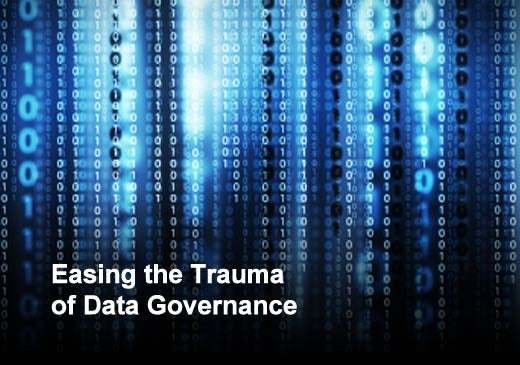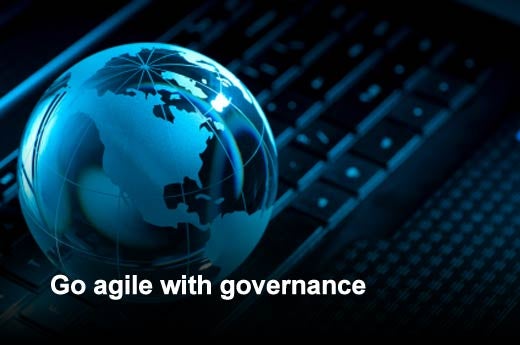
Data or information governance — the difference seems to be that information governance focuses more on legal compliance — may not involve balloons and cupcakes, but it doesn’t have to be a punishing ordeal, either. Here are five steps you can take to ease the trauma of starting data governance.
Click through for five steps you can take to ease the trauma associated with data governance.
For organizations, pain points are like pressure points in massage: Hit the right pain point, and you can help the surrounding areas find relief. In a recent IT World Canada article, David Corrigan, director of product marketing for IBM Canada's InfoSphere team, suggested you look for a specific user experiencing a pain point, then work with that user to secure buy-in for larger projects.
Corrigan also recommends you start governance with a road map that includes phases. The first step may seem small, even insignificant, but it will start the momentum for the second phase, which should be more important, he says.
Governance is one of those things that seems like it should be done all at once. But even the Constitution as it stands today wasn’t written in one sitting or even a single decade. One smart approach some companies are trying: Apply agile software development principles to information governance. Jorge Garcia, an analyst at Technology Evaluation Centers, told IT World Canada companies that do this execute in rapid session and achieve milestones in a matter of weeks, rather than eight to nine months.
You’ll hear it time and time again: Gain executive buy-in before you begin any IT initiative. And while having a CXO on board is always great, it’s not always necessary. But Jill Dyché, vice president of the Baseline Division at DataFlux, says that in the real world, what matters is you find someone with the “organizational authority to incent participation and secure funding for data governance.”
There are three “know hows” every data governance effort should identify and use as guiding principles: Know how it aligns with business strategy, know how it delivers business value and know how you’re going to achieve an ROI. This can be particularly important when it comes to, say, decisions about whether to archive something, as Dyché demonstrates through example.








